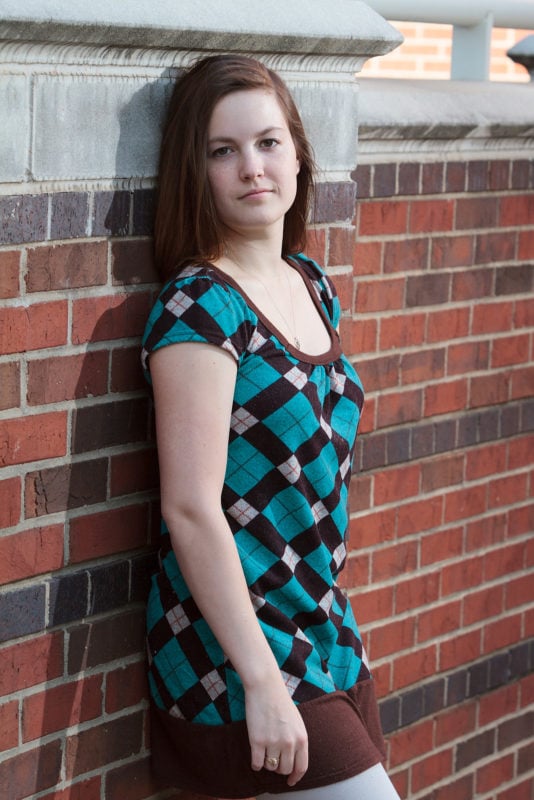HANDS-ON Flash Photography Workshop
TBD – 2024
In Conjunction with Shoot The Light
Tell me if this sounds familiar:
You made the decision a while ago to start learning and using flash. So you snagged a speedlight or two and a couple of modifiers. You’ve watched some YouTube videos, maybe a CreativeLive flash photography course, and read through countless blog articles about flash. So, you know some about the theory, but when you show up to a session, you freeze.
- Your images keep coming out flat like you’re using a point-and-shoot camera
- You can’t figure out the proper balance of ambient light to flash
- Your images always look “flashed”
- No matter where you move your lights, it just doesn’t look right
- YouTube and CreativeLive isn’t helping because you need to try it yourself to learn
- You always nod off or don’t complete online classes you purchase to learn flash
- You don’t have time to practice and learn all the flash tricks on your own
- You’re only opportunity to try new flash techniques is with paying clients
How do you learn what modifier to use and where to put it when you’re not face-to-face with a paying client where you can’t afford to screw up?
How do you go from hoping it works to Knowing It Works
As a professional photographer, you don’t have loads of time to spend on weeks long, drip release web-based courses where life and business always get in the way of finishing.
You need hands-on, effective, and efficient class time so you can absorb, learn, practice, and implement what you’re learning – fast.
Hey gang, I’m teaching a flash photography workshop because I’m a lighting nerd. As a former theater kid, I’m all about that dramatic lighting. I love how color, composition, and framing work together to tell a story. My time on stage inspired my flash photography journey, where I’ve spent countless hours learning how to go from this:

To this:

Who is this flash Workshop for?
Natural light is fantastic, but it’s not always convenient. Sometimes, you have to create unique images even when the natural light sucks. Or if you’re like me, you want to take ordinary scenes and make them into something different, mind-blowing, and creative.
This flash photography workshop is for photographers who own a flash already and want to make colorful, dramatic, and creative images with that WOW factor.
If you’re already a boss at flash, this isn’t the workshop for you. Instead, I’m looking to teach photographers who still scratch their heads a lot during a shoot and want to develop the skill set to see a situation and be able to say:
“I know what modifier I want to use and where to get a certain look,”
…and be right.
Flash Photography Workshop Structure:
Don’t expect to be seated and writing in a notepad the entire time, just watching the instructor do everything. Instead, there will be continual opportunities where you’ll be moving and adjusting the lights, and getting feedback in real-time to learn how to improve your flash photography skills.
My goal for this workshop is to present situations for you to experiment and learn. I’ll go over how things work and then say, “let’s try it!” every time you ask, “what happens if we do this?”
Day 1 – Basics
Get the fundamentals and foundation of off camera flash locked in.
- Inverse Square Law and the Physics of Light
- Aspects of Light: Quality, Direction, and Color
- Flash & Camera settings to control your light
- Rundown of tools to modify your light
- The Process: How to create the image that’s in your head
- Types of Portrait Lighting
Day 2 – Real Scenarios
Work through several scenarios to learn how to manipulate your light for awesome results.
- Review The Process from Day 1
- Outdoor Portrait – Versatility of Sunlight, Natural Reflectors, Balancing Flash with Ambient, Cross Lighting, HSS
- Classic Sports Portrait – Key & Accent Lights, Grids & Light Control, Super Saturating a Background
- Gelling to Change Background Relative to Subject
- Studio Portrait – No Ambient Influence, Mixing Up & Stacking Modifiers, Fill Light to Lift Scene Shadows
What’s included:
- Two full days of hands-on learning
- Copies of all course materials and presentations to take home
- Access to all kinds of flash equipment
What you’ll need to bring:
- Your camera (we have Sony, Nikon, and Canon triggers and flashes but feel free to bring your own too).
- A notebook or some way of writing down information
- Water bottle
What’s not included:
- Transportation to or from the workshop location
- Travel accommodations or Lodging
- Meals
Flash Photography Workshop Cost
Dates: TBD – 2024
Cost: TBD
All classroom sessions will be held in the conference room near Asheville, NC!
Lodging is not included – see the information above for a recommendation!
Methods of Acceptable Payment: Check made payable to Shoot the Light, Pay Pal to info@shootthelight.com, and credit card via a phone call to our office.
To Sign Up: contact us at; office 828-891-4082, e-mail info@shootthelight.com

